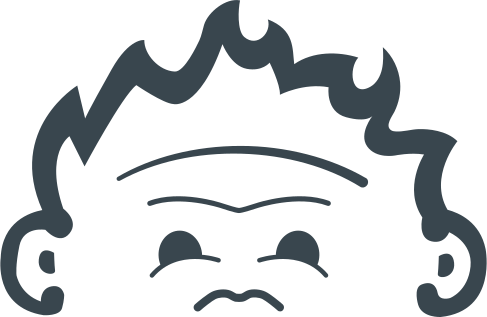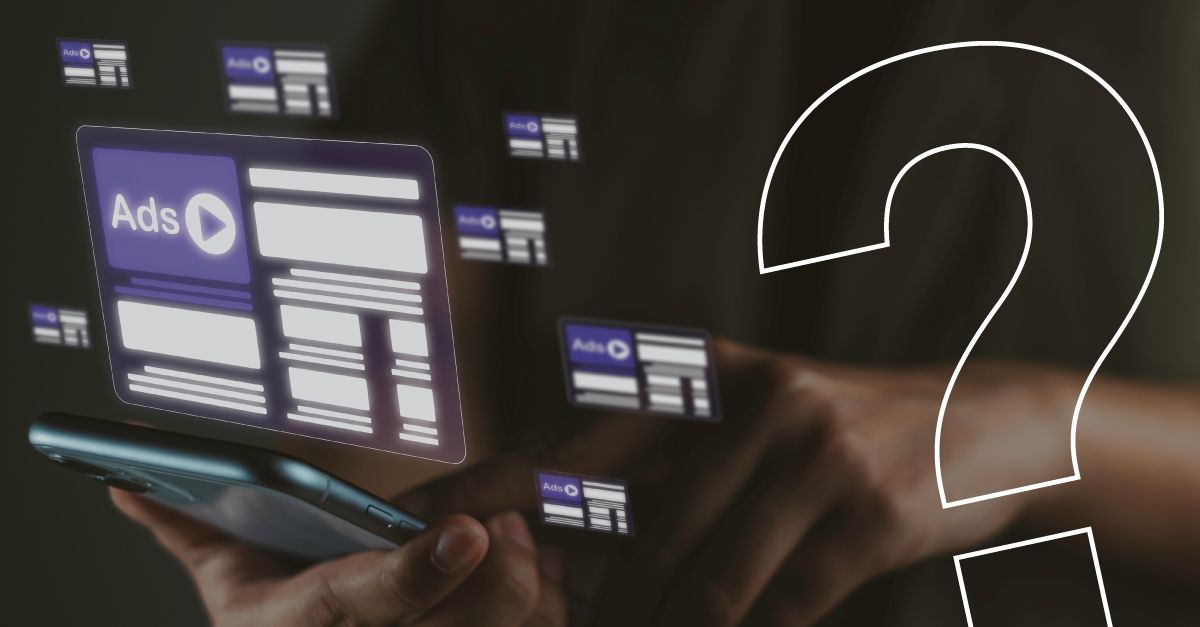
The Genius Monkey platform is all about efficiency, but what happens when the “optimization” does more harm than good? Just as cutting out the DSP step leads to long-term loss, removing programmatic channels like display, audio, OTT, or video might cost less in the short-term, but weakens the overall advertising strategy and inevitably cuts into the bottom line.
Programmatic ads work best when they work together, allowing the strengths of each medium to overcome the drawbacks of the others. Let’s look at the benefits of a multimedia strategy and a few examples of campaigns that have leveraged the practice for great results.
Reach Your Audience in More Places
The most obvious and immediate benefit of advertising everywhere is further reach and more impressions. The modern user is exposed to so many advertisements that most consumers average around 100 impressions before they convert. A multimedia approach means your customers will interact with your brand more often, leading to faster conversions and less cost overall.
Genius Monkey takes a device-agnostic approach to placing ads, meaning consumers can engage with your brand anywhere they have access to a screen. Users might see a banner ad on a website they visit on the computer, a CTV ad during their favorite streaming show, then hear an ad on spotify during their late evening workout at the gym.


Pew research reported that 91% of Americans have and use smartphones, and Parks Associates noted that the average US household has 17 connected devices. Every one of those devices is a potential touch point that can move your future customer along the funnel, and a multichannel approach lets you make the most of every one.
Varied Information = Quality Engagements
Many advertising platforms are aware of the long 100-or-so impression journey that consumers take before converting, and so ad placements are usually measured by their cost-per-thousand-impressions, or CPM. Impressions are an important step in the programmatic process, but the quality of those impressions counts just as much as the quantity.
Different mediums have different strengths and work better than others in certain environments. If a consumer is viewing ads through multiple devices and channels, advertisers’ messages will be presented in numerous ways; impressions won’t simply be another touch-point on the path to conversion, but a meaningful engagement that gets the user thinking about the offer.
Smoother Path to Conversion
In an ideal advertising situation, consumers will interact with ads at fairly regular intervals, slowly picking up new information and interest and keeping the brand top-of-mind. Of course, life happens; messages can get lost or ignored, and consumers are bombarded with ads that make it hard for any single one to stand out.


The only way for this ideal situation to play out is placing ads right where the audience will be, regardless where that location is. A multimedia approach is the bare minimum that makes the golden “ideal consumer” even possible. A full suite of mediums – especially ones that have been optimized for various steps along the funnel – will close any gaps that would otherwise lose potential customers.
Multimedia Strategies in Action
The theories and principles are all well and good; now let’s look at some real-life case studies to see the difference it can make:
Telemedicine Expansion into Audio and OTT
A healthcare company in Dallas, Texas was in “desperate need of expansion” in its advertising, and looked to Genius Monkey for the solution. Before, most of their digital advertising was done through social media while also running inconsistent display ads from time to time. The company signed on to add audio and OTT advertisements with a budget that other platforms had said “would never work.”


After 4 months of multimedia advertising, the company achieved a 300% return on ad spend and a 150% increase in completed patient consultations. It wasn’t long before the company decided to further add programmatic display ads to fully round-out their portfolio, further decreasing their audience’s time to conversion.
Roofing Company Adds OTT and then Display Ads
Cenar Roofing and Solar wanted to break into the national market, but had a disappointing first experience with a programmatic platform. Later, when they started with Genius Monkey, Cenvar began only with CTV ads. They noted immediate results, but also realized that only one ad channel was limiting their potential.


Through our reporting tools, Cenvar saw that impression frequency was the metric with the largest impact on their campaigns. The company decided to add display ads so customers could see and interact with Cenvar even more. After a full year of multiple mediums with very little marketing budget increase, Cenvar’s billing increased by 34%, with an increase in total lead volume of 12%.
That means more people were seeing and learning about Cenvar, but even more new and current customers were engaging with the content and ultimately spending more. A multimedia approach let Cenvar stretch their wings and grow toward their ambition of becoming a national brand.
Your All-in-One Digital Platform
Many platforms let you run campaigns with multiple mediums, but none of them bring them together for a seamless campaign like Genius Monkey. Our unique view-through tracking model lets advertisers see each individual touch-point on the customer journey, no matter what device or medium that impression came from.
Knowledge is power, and Genius Monkey is here to empower platform users in all their programmatic efforts. During Brand Optimization Month (April 2025), we’re offering a limited-time promotion for new and current users to boost your campaigns to the next level. If you’re ready to increase conversions and decrease waste, get in touch with Genius Monkey today!




